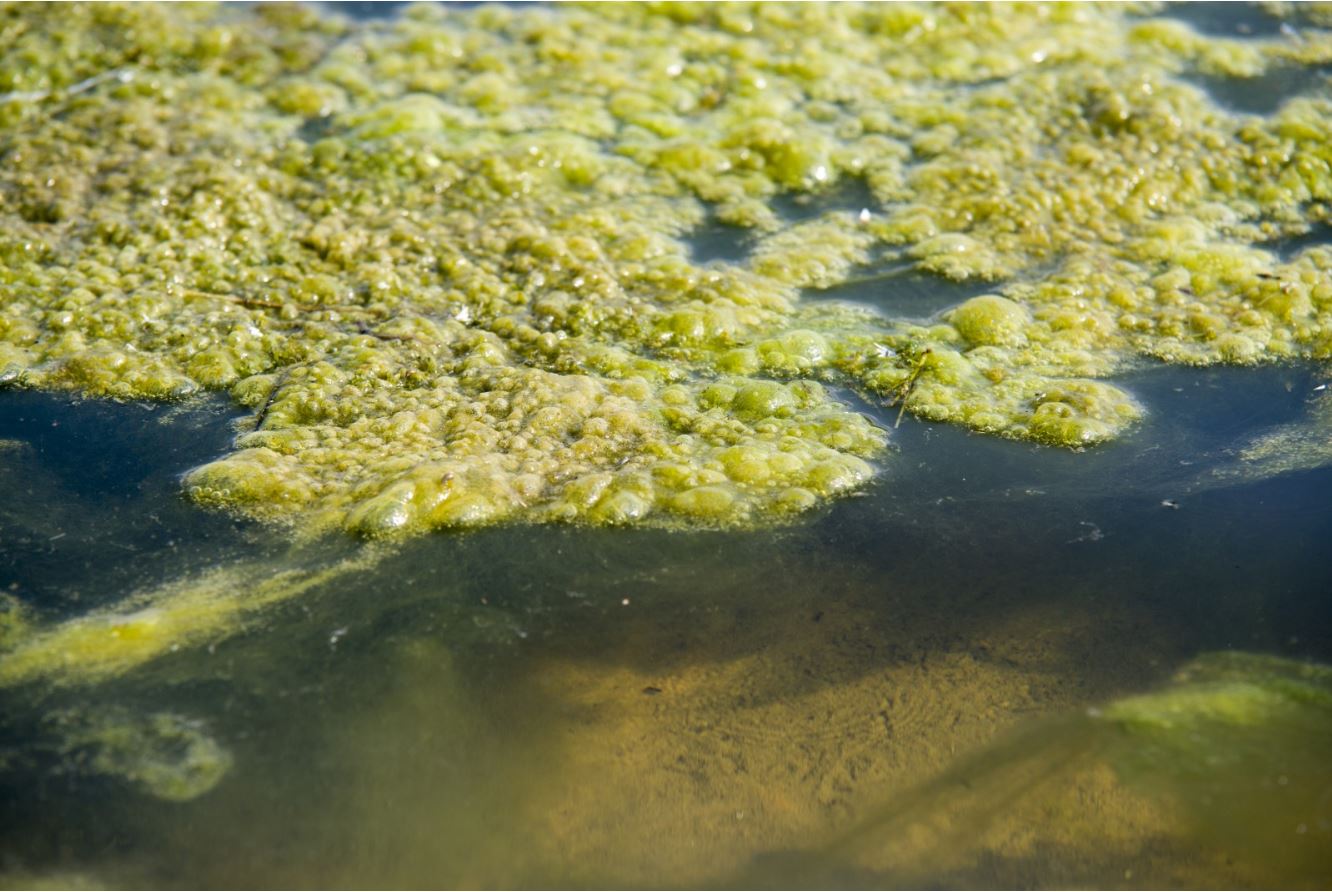THE IMPACTS OF EUTROPHICATION
June 2, 2020
0
Mr Felix Gyawu Addo is a PhD student majoring in Environmental Science and Engineering at Hohai University. His expertise and research interests includes environmental biotechnology, aquatic toxicology and wastewater treatment. His experience as an environmentalist has spanned over the past seven years.
